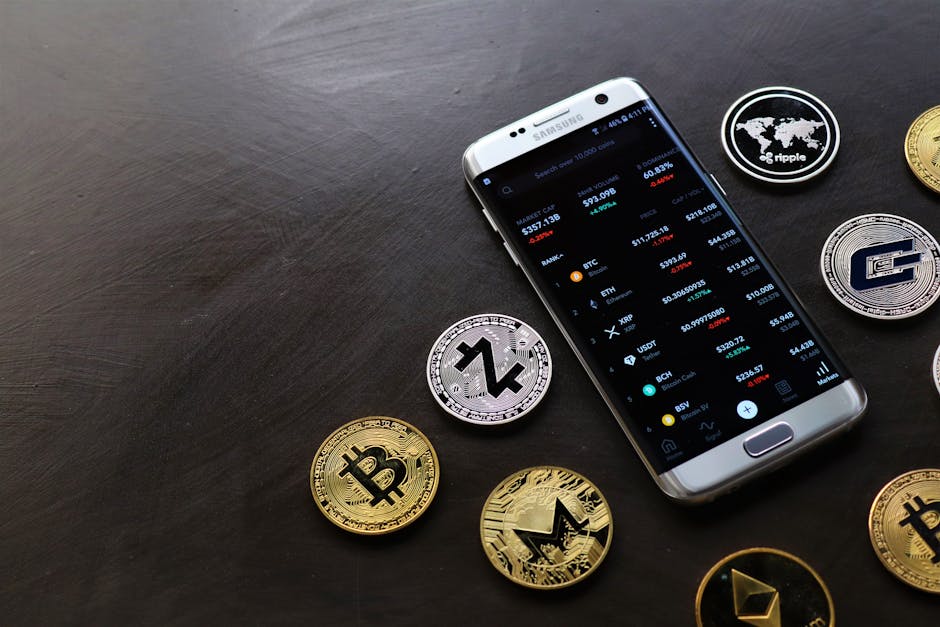How to Securely Manage Financial Transactions from Your Phone

With the rise of mobile technology, managing financial transactions directly from your phone has become increasingly common. While this offers unparalleled convenience, it also poses significant security risks. Understanding how to securely manage your finances on mobile devices is essential for protecting your personal and financial information.
Choosing Secure Financial Apps
Selecting the right financial app is the first step towards secure mobile transactions. Look for apps with strong security features such as multi-factor authentication (MFA) and biometric login options like fingerprint or facial recognition. Always download apps from official app stores like Google Play or the Apple App Store to avoid malicious software.
Check user reviews and ratings, and consider using apps endorsed by major financial institutions. These apps often undergo rigorous security checks and updates to protect user data.
Another critical aspect is to review the app’s privacy policy. Ensure it adheres to industry standards for data protection and does not share your personal information with third parties without consent.
Using Strong Passwords and Authentication
A strong password is a fundamental aspect of securing your financial transactions. Avoid using easily guessable passwords like "password123" or your birthdate. Instead, opt for a combination of upper and lower case letters, numbers, and special characters.
- Use unique passwords for each account
- Change passwords regularly
- Avoid using personal information in passwords
In addition to strong passwords, enable multi-factor authentication (MFA). This adds an extra layer of security by requiring a second form of verification, such as a code sent to your phone or an email confirmation.
Regular Software Updates
Regularly updating your phone’s operating system and financial apps is crucial for maintaining security. Updates often include patches for known vulnerabilities that could be exploited by hackers.
Set your device to automatically update both the OS and apps whenever new versions are available. If automatic updates are not feasible, make it a habit to check for updates manually every week.
This practice ensures you have the latest security enhancements and reduces the risk of cyber-attacks.
Secure Network Usage
Avoid conducting financial transactions over public Wi-Fi networks, which are often unsecured and susceptible to attacks. If you must use public Wi-Fi, consider using a Virtual Private Network (VPN) to encrypt your internet traffic and protect your data from eavesdroppers.
For additional security, disable Bluetooth and NFC (Near Field Communication) when not in use, as these can be entry points for hackers.
Monitoring Accounts Regularly
Regularly monitoring your financial accounts can help you detect any suspicious activity early. Set up alerts for all transactions so you receive instant notifications of any changes or movements in your accounts.
| Type of Alert | Description |
|---|---|
| Transaction Alerts | Notifications for every transaction made from your account |
| Balance Alerts | Alerts when your account balance falls below a certain threshold |
| Login Alerts | Notices when there is a login attempt from an unrecognized device or location |
If you notice any unauthorized transactions, report them immediately to your bank or financial institution to mitigate potential losses.
Educating Yourself on Phishing Scams
Phishing scams are designed to trick you into revealing sensitive information by posing as legitimate entities. Be wary of emails, texts, or calls requesting personal or financial information. Financial institutions will never ask you to provide sensitive information via these methods.
If you receive suspicious communication, verify its authenticity by contacting the institution directly using official contact details found on their website. Securley managing financial transactions from your phone requires careful attention to app selection, password strength, regular updates, secure network usage, account monitoring, and awareness of phishing scams.
